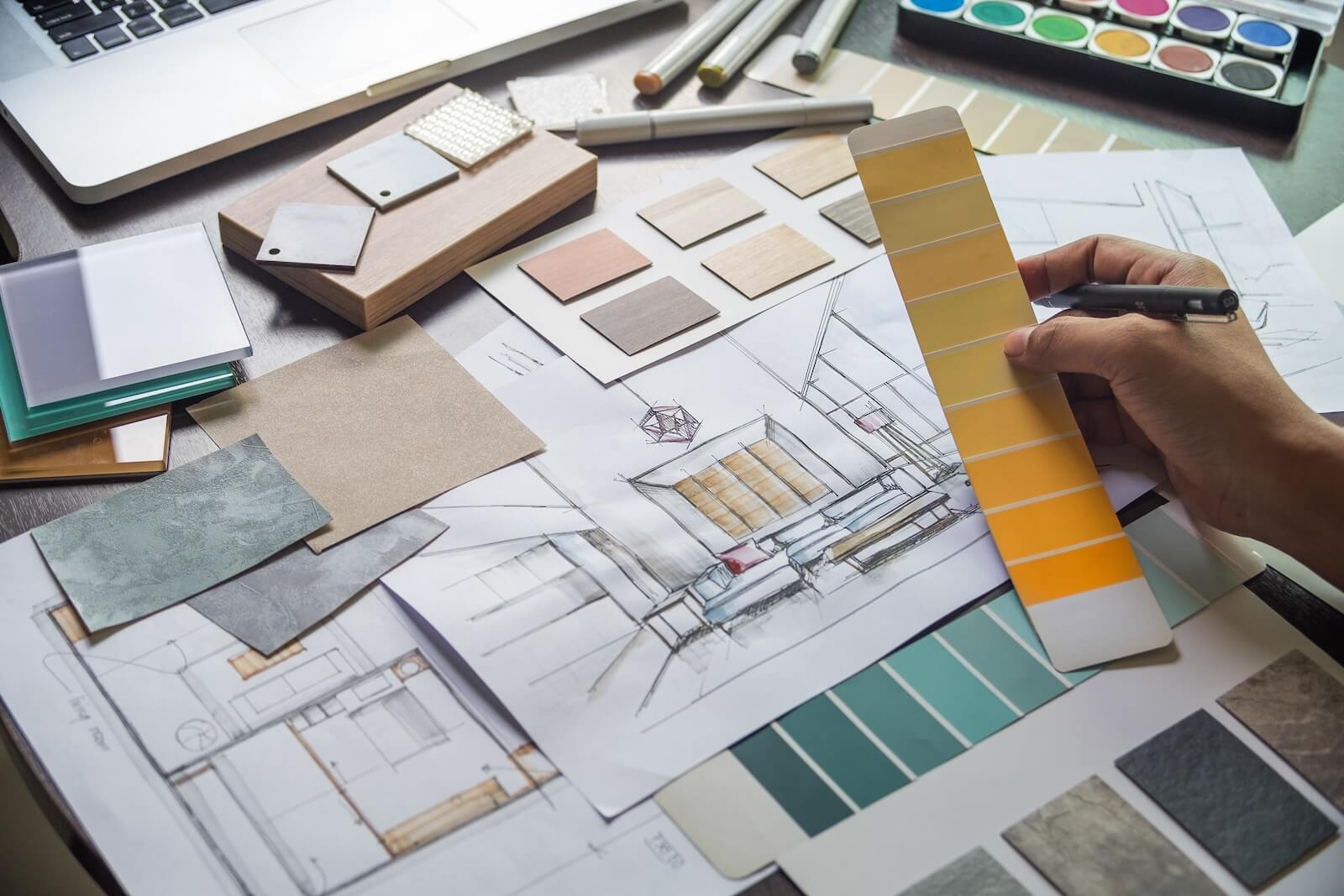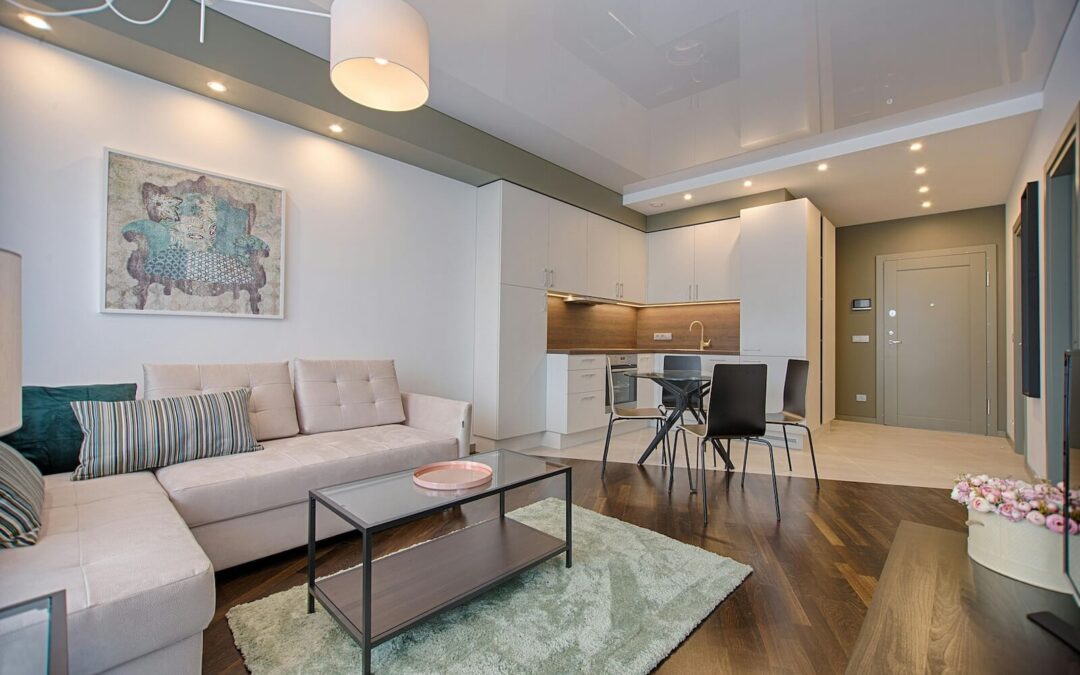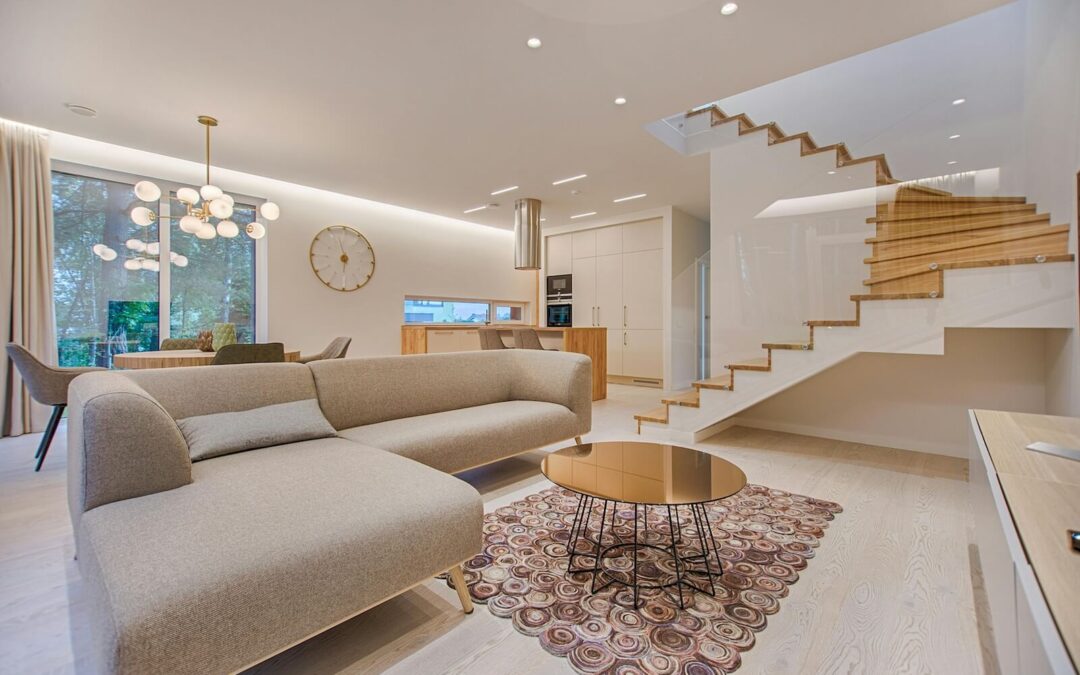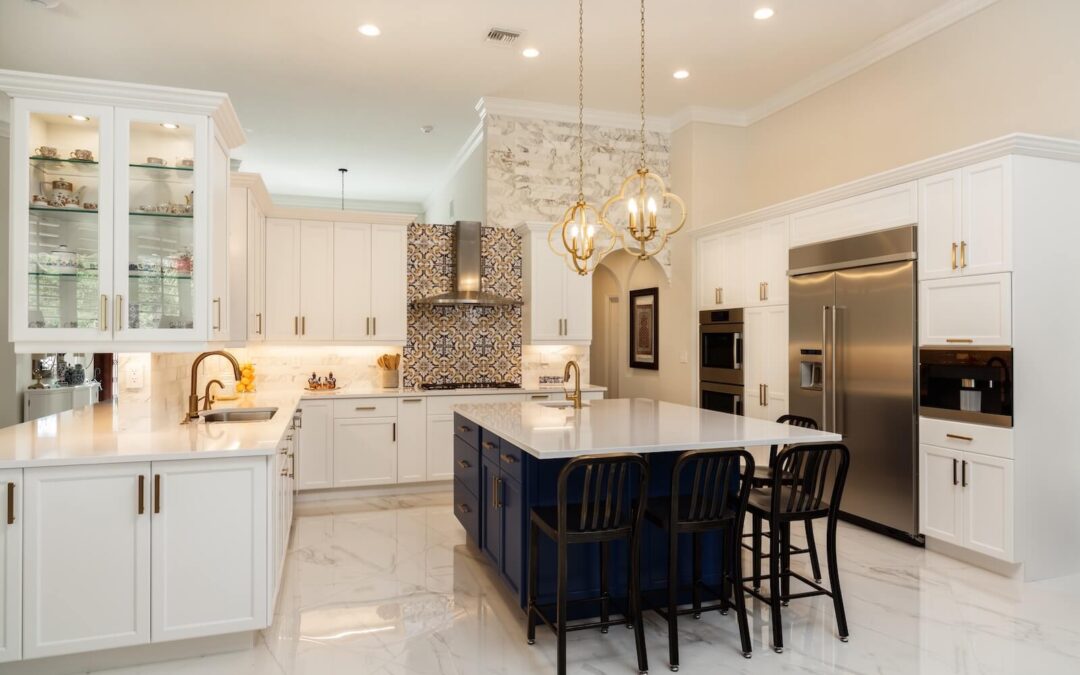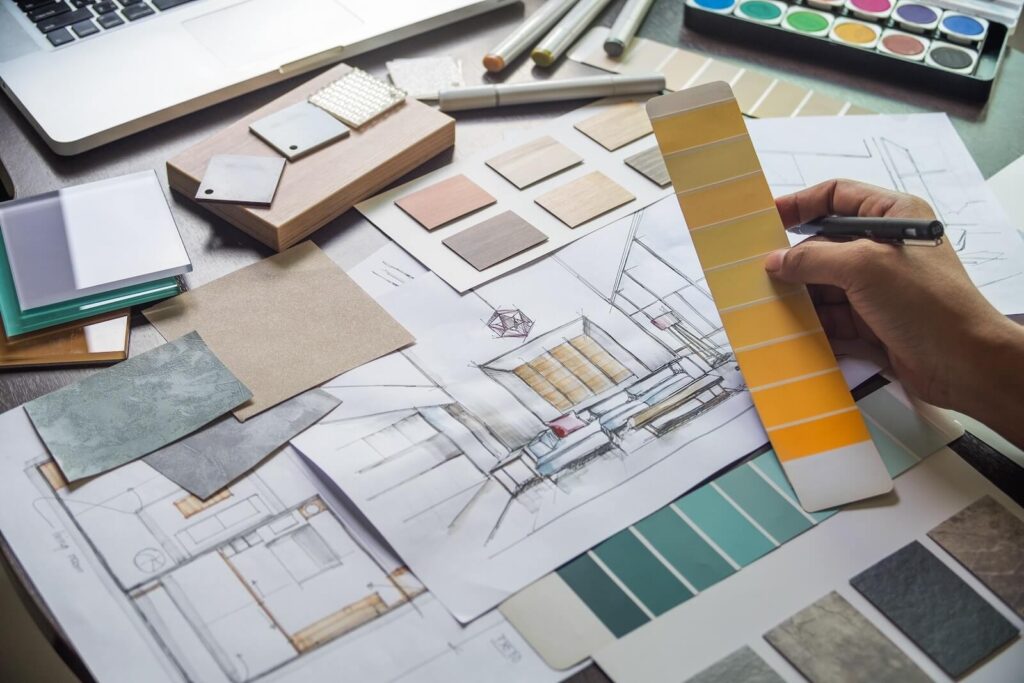
Modern interior design is an approach to living that emphasizes simplicity, functionality, and beauty through thoughtful choices in materials, textures, and layouts. At ELEMENT HOME, we specialize in curating spaces that bring these elements to life, creating interiors that feel sophisticated yet welcoming. Whether you’re refreshing your home or starting from scratch, understanding the fundamental principles of modern interior design can help you create a space that reflects your personal style while embracing timeless trends.
Historical Influence: German Bauhaus & Scandinavian Design
To truly understand modern interior design, it’s essential to recognize its roots. Two significant movements — German Bauhaus and Scandinavian design — have deeply influenced today’s modern aesthetics.
Bauhaus Design, originating in early 20th century Germany, is characterized by its focus on functionality and clean lines. The mantra of “form follows function” is central to Bauhaus, emphasizing that beauty should emerge from a design’s purpose. Simple shapes, lack of ornamentation, and the use of industrial materials like steel and glass define this style, which continues to influence modern interiors.
Scandinavian Design, on the other hand, blends minimalist aesthetics with a sense of coziness and warmth. Originating in the cold northern climates, Scandinavian design is known for its clean lines, light color palettes, and use of natural materials like wood and wool. Scandinavian interiors balance simplicity with comfort, making spaces feel both inviting and elegantly pared back.
Together, Bauhaus and Scandinavian design form the foundation of modern interiors, merging functionality with understated beauty.
Interior Design Materials, Patterns, and Textures
In modern interiors, the materials used play a crucial role in defining the space. Clean, polished surfaces like glass and metal are frequently paired with natural textures to add warmth and depth. Materials like wood, leather, steel, and stone bring balance, creating spaces that are sleek yet grounded.
Patterns in modern design tend to be geometric and simple, whether in upholstery, flooring, or artwork. These patterns add visual interest without overwhelming the senses. Meanwhile, texture becomes a key tool in layering a space. Imagine a minimalist living room: sleek leather sofas can be softened with wool throws or linen cushions, and a glass coffee table could be complemented by a plush area rug. This juxtaposition of textures creates an interplay of luxury and comfort, ensuring the space feels inviting rather than stark.
Clean Lines and Sleek Architecture
At the heart of modern design lies an emphasis on clean lines and sleek architecture. Gone are the overly ornate details of previous design eras. Instead, modern interiors focus on simplicity and order. From the shape of furniture to architectural elements like door frames and shelving, straight lines and simple forms dominate.
This approach extends to every aspect of a room—from furniture with unadorned surfaces to streamlined window treatments. By stripping away the unnecessary, modern design allows the form and function of each piece to shine. The result is a room that feels uncluttered and serene, while still making a bold design statement.
Minimal Décor
Modern interior design embraces minimalism at its core. However, minimalism doesn’t mean a lack of personality. Rather, it’s about curating your space carefully and purposefully. In a minimalist design, every piece of furniture, artwork, and décor has a reason to be there.
This approach often results in spaces that feel larger, more open, and peaceful. By decluttering and focusing on the essentials, modern interiors help eliminate distractions and create environments where the beauty of each piece is highlighted. To achieve this look, consider reducing knick-knacks and instead opting for statement pieces — perhaps a single, well-chosen sculpture or a piece of abstract art.
Neutral Color Palettes
A hallmark of modern design is the use of neutral color palettes. Whites, grays, blacks, and earthy tones dominate, creating spaces that are calm and soothing. Neutral colors offer versatility and timelessness, allowing you to introduce bolder accents without overpowering the room.
For example, a living room with crisp white walls and a charcoal sofa can easily be elevated with a pop of color in the form of a brightly colored throw pillow or a piece of art. The neutral backdrop allows these accents to stand out while maintaining a sense of balance.
Incorporating texture into a neutral palette is key to avoiding a flat, cold feeling. Soft textiles, like wool rugs or velvet cushions, add dimension and warmth to otherwise understated spaces, ensuring your room feels as inviting as it is polished.
Open Floor Plans
One of the most transformative elements of modern interior design is the open floor plan. This layout removes unnecessary walls, creating a flow between different areas of the home. Whether it’s the seamless connection between the kitchen, dining room, and living area, or the integration of indoor and outdoor spaces, open floor plans foster a sense of togetherness.
An open layout allows for greater flexibility in how the space is used, making it ideal for both everyday living and entertaining. However, defining zones within an open floor plan is crucial. Use furniture placement, area rugs, or even lighting to delineate different spaces without compromising the overall flow.
Low and Long Furniture Pieces
Modern interiors often feature low-profile, elongated furniture, which accentuates the horizontal lines of a space. From low-slung sofas to long dining tables, this furniture style creates a sleek, grounded look. The simplicity of these pieces allows for a clutter-free, streamlined appearance, while their functional design ensures comfort.
For example, a low, long sectional sofa in a neutral tone can become the centerpiece of a modern living room. Pair it with a minimalist coffee table and accent chairs to complete the look. The goal is to create a space that feels harmonious and balanced, without overwhelming the senses.
Natural Lighting and Hidden Light Sources
Lighting plays an essential role in modern design. Natural lighting is highly valued for its ability to open up spaces and create a connection to the outdoors. Large windows, skylights, and glass doors are popular features in modern homes, bringing in ample light and making interiors feel airy and expansive.
In addition to natural light, hidden light sources are often used to create ambiance. Recessed lighting, LED strips, or concealed fixtures can enhance a room’s atmosphere without drawing attention to the lighting itself. These subtle sources of light help maintain the clean, minimalist aesthetic of modern design while adding depth and warmth to the space.
Modern Interior Design in Denver
Modern interior design is the epitome of simplicity and elegance. Its emphasis on clean lines, open spaces, and neutral colors creates environments that feel luxurious yet livable. By thoughtfully blending influences from Bauhaus and Scandinavian design, utilizing high-quality materials, and embracing a minimalist approach, you can transform your space into a modern haven.
At ELEMENT HOME, we specialize in creating interiors that are as functional as they are beautiful. Whether you’re drawn to the clean lines of Bauhaus or the cozy minimalism of Scandinavian design, our curated selection of furniture and décor can help you achieve the perfect modern aesthetic. Visit us today to explore our latest collections and start designing the home of your dreams.
